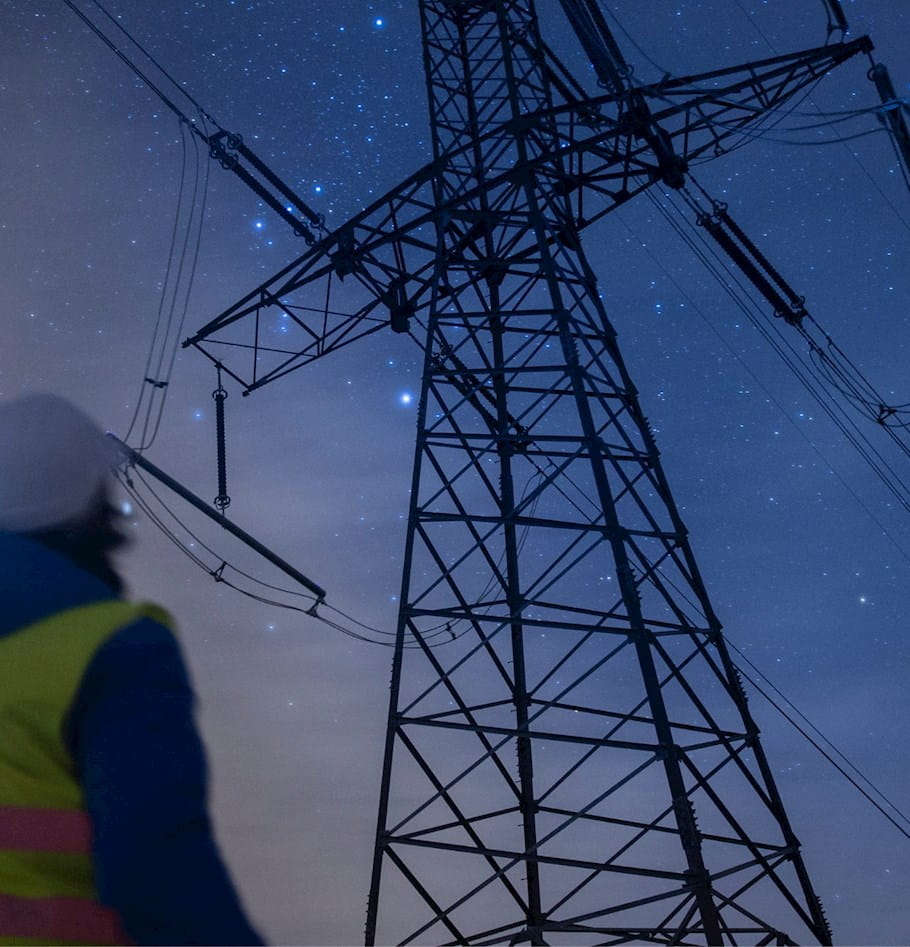Bringing REV thinking to the natural gas shortage in Westchester County
In 2014, Governor Andrew Cuomo launched New York’s signature energy policy, Reforming the Energy Vision (REV). One of the goals of REV is to commit the state to reducing greenhouse gas emissions by 40%. While this goal is central to the policy’s purpose of creating a dynamic, clean energy economy, it is also not entirely aligned with the construction of new gas pipelines in the area.
The current state
Fast forward a few years, and it is not surprising to see areas of the state grappling with a natural gas supply shortage. The latest example being Con Edison’s recent announcement that it would stop accepting applications for new natural gas connections in most of the Westchester service area, effective March 15, 2019. Business groups have voiced major concerns about this policy, noting that the supply of natural gas will be inadequate to support new business and development.
As REV has taught the state of New York, however, demand side strategies and approaches may offer a way to free up gas without having to build more pipelines.
REV in action
In one of REV’s most successful demonstration projects to date, Con Edison was able to defer $1.2 billion in CapEx investments for substation upgrades in Brooklyn and Queens by contracting for a mix of demand reductions and distributed resource investments, rather than taking the traditional approach of spending ratepayer funds to upgrade the substations. This project, recently extended without any need for funding, offers an example of how demand-side solutions could be a viable alternative for alleviating the need to invest in new gas supplies.
While demand response and efficiency programs are more common in the electric sector than the gas sector, Con Edison already is bringing this mentality to its gas business. In August 2018, the New York Public Service Commission approved a petition by Con Edison for a three-year, $5 million natural gas demand response pilot program – one of the country’s first demand response programs for natural gas.
Another recent example is a demand response program that involved 16 National Grid customers in New York City and Long Island during the winter of 2017-2018. In this program, aimed at commercial and industrial customers, large heaters or machinery running on natural gas were turned on and off to manage peak demand days. Some additional examples of non-pipeline solutions involve high efficiency heating equipment, heat pumps, home air sealing measures, and other energy management systems that can control central heating operations.
Opportunity ahead
The state’s announcement of the $250 million Westchester Clean Energy Investment Program, which came just hours after the moratorium announcement, opens the door for utilities and service providers to develop programs and solutions that improve efficiency and reduce demand from existing customers in the region to free up capacity. The investment program is intentionally open-ended, challenging innovative players to apply their best thinking to the problem. Rather than mandating certain technologies, John Ravitz, executive vice president of the Business Council of Westchester, said “We’re asking our task force members to come up with some solutions to add to this package.” This is an opportunity to bring “REV thinking” to Westchester County’s natural gas shortage.
Instead of viewing this moratorium as a threat to area businesses, we believe utilities and the public should instead approach this as an opportunity for energy innovation. After all, if the goal of REV is to, “…work together to make the Governor’s strategy for a clean, resilient, and more affordable energy system a reality,” then local utilities and the public should seize this chance to set an example for the state and the rest of the country of how alternative solutions can rise to the challenge and fulfill the needs of both gas and electric systems.

